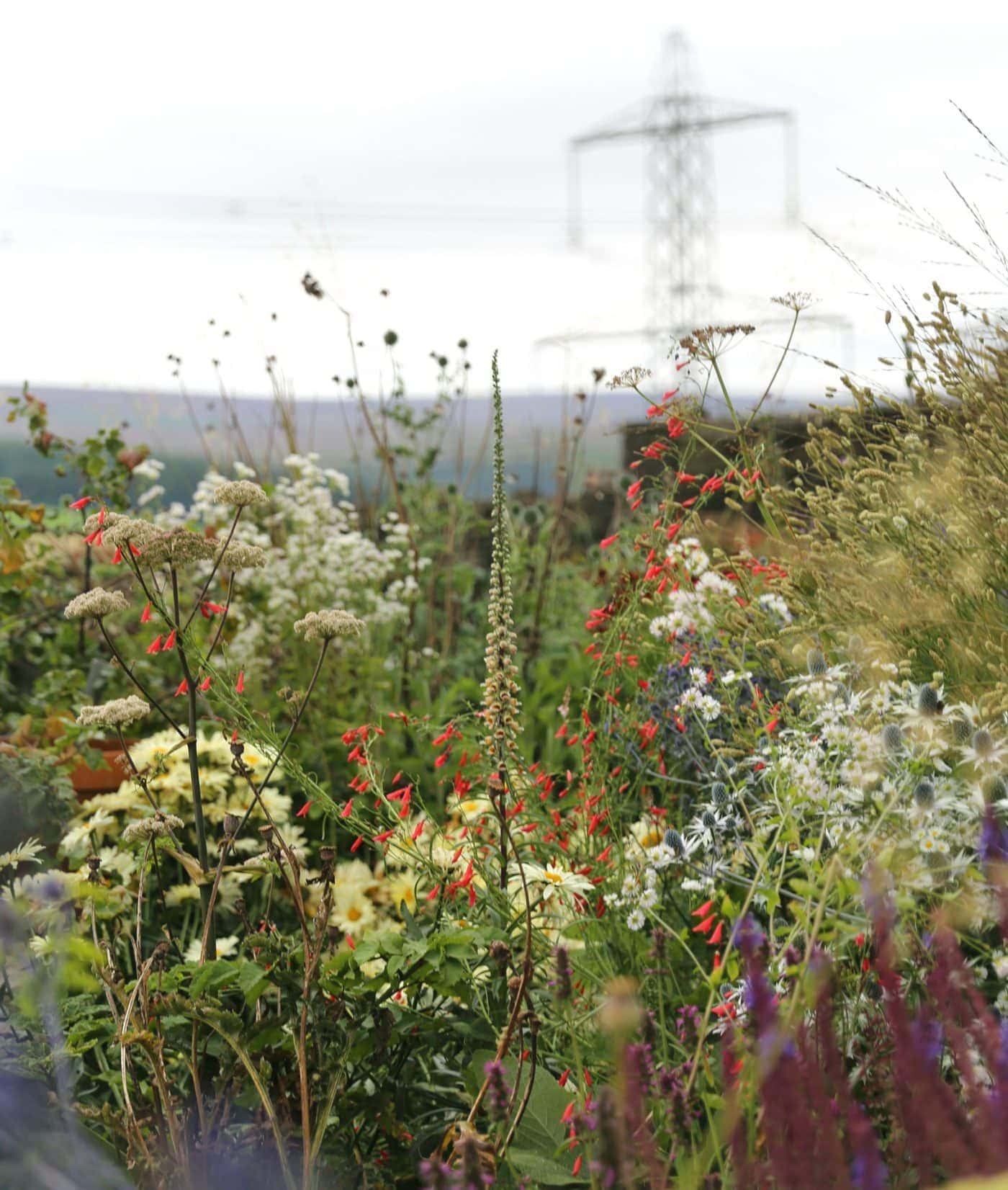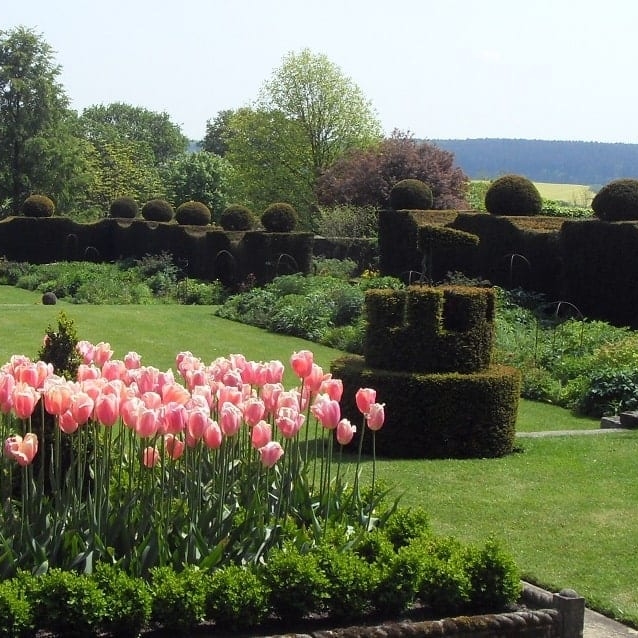August on the allotment in Sheffield
It goes without saying that living, working and studying at RHS Wisley this past year has been an unfathomably enriching experience. And I’ve got one more year to go. It has also been a different kind of delight in parallel, to spend occasional weekends back at my home garden and allotment up north. Here’s what was looking good in August on the allotment in Sheffield.

My allotment is like a sketchbook, with some beds used as testing plots and stock-beds, others are rough sketches, and others are more finely tuned. I have let myself be fairly free from aesthetic rules or principles, just editing what I don’t like and refining and expanding on what I do like, and taking some calculated risks along the way.
The heaviest soil is down the bottom of the plot, receiving full sun in summer but semi-shade in spring and autumn. Astilbes were asking for these conditions, as were sanguisorbas. I’ve trialled a load of geums there too, and come to the conclusion I don’t like any of them!

Biennials and self-seeders add a lot of dynamism. Every year there seems to be a different theme. Last year it was floaty white foxgloves and the white saucers of Lychnis coronaria ‘Alba’. This year, the verbascums and Digitalis ferruginea have created a different atmosphere altogether, alongside metallic Eryngium giganteum ‘Silver Ghost’. Sadly, almost all of the verbascums have leaned so far over I’ve had to cut them down. I’ll keep some going to collect seed from. I’ve realised the importance of letting them get their taproot right down; mine were too pot bound in 9cm pots when planted out, so their taproots were bundled up in balls that provided no stability.


In autumn 2018, I planted around 500 Allium sphaerocephalon, for herbaceous perennials to be planted over the top. I dug deep trenches, a spade’s depth and width, and just scattered the tiny bulbs in. I find the deeper they are planted, the more perennial they are, and the stronger they stand up. Planted shallow, they seem to produce too many bulbils that make loads of foliage, and the few flower stems fall over. My soil is pretty heavy clay-loam, and they push up no problem.

I’ve been trailing a few Monarda varieties that claim to show good mildew resistance. In my garden, the dark-leaved Monarda ‘Hauptling’ is faultless, and it’s a good job it’s my favorite too. When I get some time, this will certainly be divided up and sprinkled through a new darks and silvers area I’m planning.


Penstemon barbatus subsp. coccineus is certainly a stand out plant for me these past two years during august on the allotment, grown from seed from Chiltern Seeds. I find the neon-salmon colour really curious. I find them to be a plant that requires the support of those around them.


One of the first plants I planted when starting the allotment 4 years ago, was a Sanguisorba ‘Burr Blanc’ from Dove Cottage Nursery in Halifax. I just can’t get enough of this plant, providing movement, texture, and transparent floating bobbles of white, turning toasty brown into autumn.

Erigeron annuus is another star plant for me, this year. Grown from fresh seed sown in autumn 2019, last year they were a bit underwhelming and flopped badly, but this year they’ve come up nice and strong. Their stems disappear like the strings of a puppet, leaving just clouds of white fizzing daisy flowers. Despite their name, they are short lived perennials. I don’t think I can have august on the allotment without them from now on.

Up on the hill where the hillside was carved out to build a barn, we chipped out a few buckets of shale from the bedrock. We filled this old basin that used to hold water for horses, and planted it up with some of our growing collection of sempervivums, mostly from Beth Chatto’s.

I’m gaining so much inspiration from Wisley, travels to wild places and other gardens. I will need to focus my ideas when I finish the course in a year from now. I’m really embracing all sorts of woody plants, but even on this double-sized allotment, I can’t go nuts like I can with herbaceous plants. Hardy succulents like some types of Opuntia (prickly pears) and Agave are also becoming an obsession. Who knows how this garden will shift in the years to come.
Owen Hayman
Owen joined the Bestall & Co planting and aftercare team in spring 2019. He is an RHS qualified horticulturist, holding a full Level 3 Diploma in Horticulture, and recently came in the top 3 at the Northern Regional Final of The Young Horticulturist of the Year 2019. After first doing a foundation diploma in Fine Art, he went on to gain a degree and masters in Plant and Soil Science from the University of Sheffield in 2014. Owen worked as a researcher on various field research projects in Alaska, Panama and Borneo. When not away in the field, he became obsessed with visiting gardens and nurseries across the British Isles and the Netherlands, developing his own garden, and then taking on a walled allotment garden as a personal project. He realised his true passion was in horticulture, and so moved away from academia and into the world of specialist plant nurseries and professional gardening.
Owen is now studying the Wisley Diploma, but continues to write articles for us on a monthly basis, and we're delighted to maintain contact with such a passionate and knowledgable plantsman.




